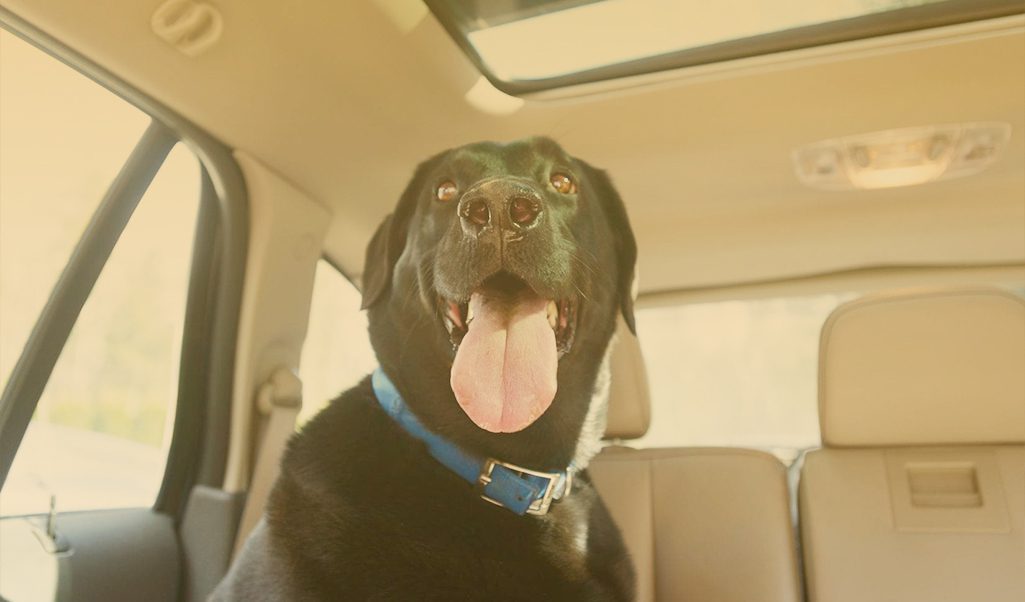[wplosurvey_insert_post ids=133993]

For all other calls and inquiries
see our contact details.
Search Adoptable Animals
or Lost & Found Pets
[wplosurvey_insert_post ids=133993]
